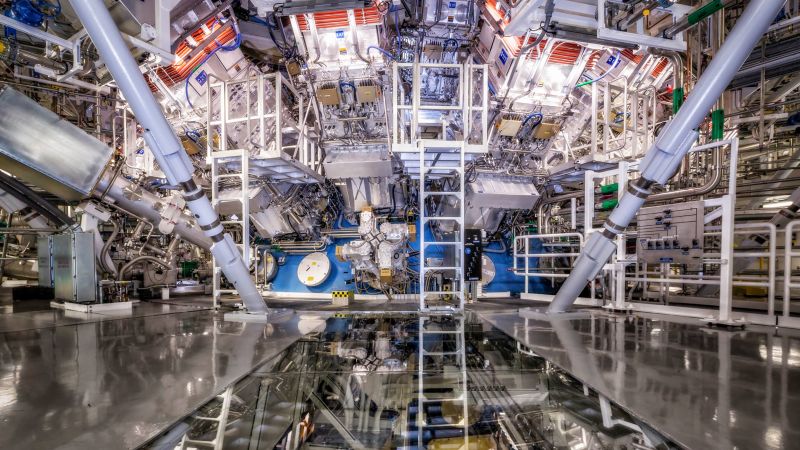Scientists in California shooting nearly 200 lasers at a cylinder holding a fuel capsule the size of a peppercorn have taken another step in the quest for fusion energy, which, if mastered, could provide the world with a near-limitless source of clean power.
Last year on a December morning, scientists at the National Ignition Facility at the Lawrence Livermore National Laboratory in California (LLNL) managed, in a world first, to produce a nuclear fusion reaction that released more energy than it used, in a process called “ignition.”
Now they say they have successfully replicated ignition at least three times this year, according to a December report from the LLNL. This marks another significant step in what could one day be an important solution to the global climate crisis, driven primarily by the burning of fossil fuels.



Almost none, in fact. There is a reason fusion power generation research is done entirely on MCF machines (I am ignoring fusors); ICF (like the NIF device) is completely unsuitable for power generation for an astounding number of reasons. All the usable contributions NIF has made to power research are either ancient or theyre in the realms of magnetohydrodynamics and electrical engineering (specifically, capacitor design).